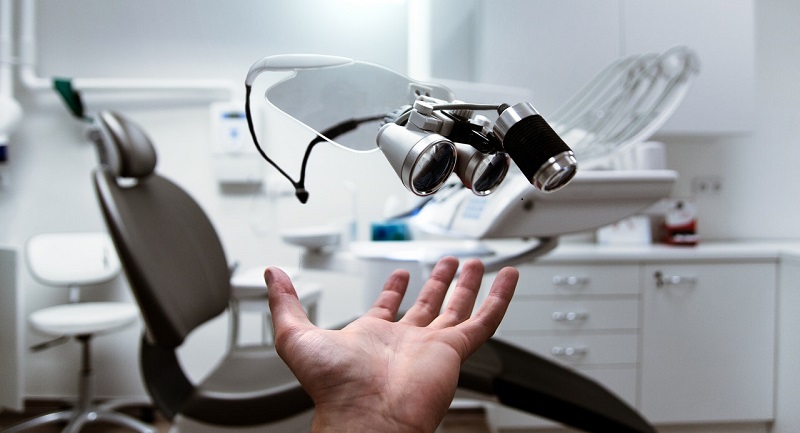Dry Eye Treatment: Why is it Important?
Dry eye syndrome is an extremely common condition for many people. However, most do not know much about the condition, its symptoms, and treatment- making it much more difficult to diagnose and treat. Dry eyes typically occur when tears are unable to provide optimal moisture. It is thought that as many as half of all people aged 50 and over, especially women, experience dry eyes at some point. It becomes difficult for you to perform daily activities.
Due to allergies, low humidity, or windy weather, many of us suffer dry eyes at some point. Dry eyes, on the other hand, may constitute a health hazard for individuals with certain medical disorders, such as autoimmune illnesses. You may be shocked to know that their dry eyes may be the result of an underlying health problem like diabetes, rheumatoid arthritis, or rosacea. In such cases, dry eye treatment is utmost important.
Bad to Overuse Eye Drops Dry eye illness occurs when these alterations result in insufficient tear production or excessive evaporation of tears. There isn’t enough moisture in the tears in both instances. This insufficient number of tears may cause the eye’s surface to dry out. The tears get saltier because of this. Inflammation and discomfort are triggered by the increased saltiness of the tears. The following are some of the most obvious signs of dry eye disease:
Chronic dry eye illness may harm ocular tissues and, in the most severe instances, cause corneal scarring (the transparent dome of tissue that covers the front portion of the eye). This damage may result in impaired vision and, in the worst-case scenario, visual loss. A person’s quality of life may be significantly impacted by dry eye illness. Indeed, according to research conducted in the United Kingdom, having chronic, mild to severe dry eye illness may reduce one’s quality of life as much as fracturing one’s hip owing to discomfort and physical restrictions.
Symptoms of dry eyes
- Dry eye syndrome occurs when the eyes do not produce sufficient tears, or they evaporate rapidly.
- Decreased tear production often leads to redness, irritation, light sensitivity, blurred vision, stinging, burning, itching, foreign body sensation, eye fatigue, and tearing.
- Dry eyes are caused by eye-related conditions, medications, environmental factors, aging, gender, stress, computer use, air conditioning, wind, and sun, and even by the time of the year.
- It is often accompanied by other conditions related to the eyes, such as blepharitis, blepharospasm, meibomian gland dysfunction, keratoconjunctivitis sicca, etc.
- It may be caused by low tear production, tear film instability, evaporative damage, ocular surface disease, or combinations of these.
- Dry eyes can also be a symptom of a serious medical condition such as diabetes, leukemia, HIV infection, AIDS, a skin problem, a neurological condition, or a cardiovascular disorder. Thus, a holistic approach to dry eye treatment is crucial.
Home Remedies for Dry Eyes:
- Blink frequently, especially while using digital devices.
- Take short breaks while doing long tasks.
- Place your computer screen below eye level.
- Remove your makeup properly.
- Clean your eyelids regularly with pre-moistened eyelid wipes.
- Use a humidifier at home.
- Wear sunglasses for protection from UV rays and other irritants.
In case your problem persists, you should go to an optometrist or ophthalmologist for dry eye treatment.
Conclusion
Dry eye syndromes are found to be one of the most common eye problems. It is a chronic condition that is never “cured” but can be managed. In such cases, opt for dry eye treatment and save the most precious asset of your body.

